Planting a few small bonsai trees at home or at work is a hobby for many people. However, biologists warn that many plants contain deadly toxins if ingested.
Le Dr Bui Van Le, de l’Université des sciences naturelles de Ho Chi Minh-Ville, a déclaré qu’il est préférable pour une famille avec de jeunes enfants de cultiver des fleurs et des plantes ornementales. Parce que peut-être que ce genre de fleur de bonsaï est extrêmement toxique que les parents ne connaissent pas.
“Idéalement, les parents, les grands-parents et les gardiennes devraient faire attention à ne pas laisser les bébés jouer avec, tenir ou mettre des feuilles dans leur bouche”, a-t-il déclaré. Plus que cela, le bébé peut jouer avec le sol cultivé dans un pot très sale, facilement infecté par les vers. Les plantes ornementales ne sont pas seulement toxiques pour les bébés mais aussi toxiques pour les adultes ».
1. Laurier-rose

The scientific name is Nerium oleander. Oleander’s whole body has toxic substances Oleandrin, Neriin. People can be poisoned by touching or swallowing plants. Mild, nausea, vomiting, diarrhea, cardiac arrhythmias, severe loss of body control and coma. If it is not handled in time, it will result in death.
Drying or cooking also does not lose the toxicity of this plant. Do not plant oleanders near water sources (wells, water reservoirs …) because the fall of leaves and flowers pollutes the water. Around the world, there have been numerous cases of poisoning of children with oleander pus.
Currently, the oleander is widely cultivated in the streets, flower gardens and public places.

The scientific name is Lantana spp. The fruit contains the alkaloid poison lantanine or lantadene A which causes intestinal burns, muscle relaxation, blood circulation disorders and can lead to death.
3. Idiot

The scientific name is Gloriosa superba. The tubers and seeds contain the toxic substance colchicine and other alkaloids which, if ingested, will numb the tongue, make the body lose sensation, go into a coma and if not handled quickly it will lead to to death.
4. Coffee poison, some types of ornamental coffee, Luu ly flowers
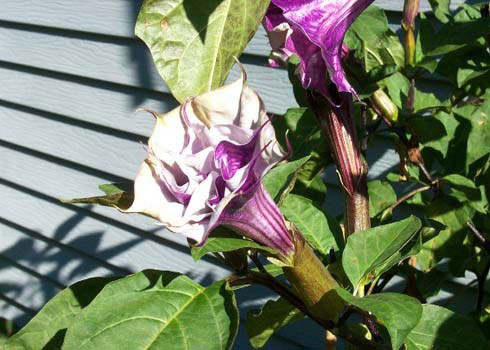
The scientific name is Datura metel, belonging to the Solanaceae family. Contact with skin anywhere on the tree can cause redness, itching, dizziness, headache, hallucinations, coma, and possibly blindness or death.
Also thanks to the toxin present in flowers, leaves and stems, it can also be used as medicine.If used in controlled dose, it can cure asthma, coughs, seasickness and boils. .
5. Do Quyen

The scientific name is Western Rhododendron. All parts of the plant contain the toxins Andromedotoxin and Arbutin glucoside. People poisoned by this plant often show symptoms of nausea, drooling, vomiting, drowsiness, dizziness, difficulty breathing, imbalance. An amount of 100 to 225 grams of Do Quyen leaves is sufficient to cause severe poisoning in children weighing 25 kg.
6. Ostrich

The scientific name is Strelitzia reginae. The flowers and seeds of the plant contain substances that cause intestinal toxicity. Touching or consuming the flowers and seeds will cause nausea, diarrhea, and dizziness.
7. Landscape

The scientific name is Caladium hortulanum. All parts of the plant are toxic to calcium oxalate and asparagine, when ingested, it will lead to the risk of burning, itching in the mouth, intestinal mucosa.
8. Arum / Italian orchid

The scientific name is Zantedeschia aethiopica. Both leaves and tubers are intestinal toxins, calcium oxalate. When ingested, this plant can cause vomiting, burns on the surface of the mucous membranes.
9. Bowl of cactus first

The scientific name is Euphorbia milii splendens. The sap causes skin irritation on contact.
10. Anh Thao

The scientific name is Cyclamen persicum. The tuber contains toxic alkaloids that cause indigestion, diarrhea and vomiting if swallowed.
11. Pearl chain

The jade ball tree or the gemstone lotus is a succulent plant, scientifically known as Sedum morganianum. Plants suitable for hanging pots decorate your windows in a greener and more lively way.
Although the plant also helps with air purification, but if you decide to grow this plant, it should be noted that this is a poisonous bonsai because it contains gucosides. It is very harmful substance for human body, if accidentally ingested, it will cause fatigue, diarrhea, even affect breathing, cause difficulty in breathing, difficult to regulate heart rate.
12. Monsters are great

The scientific name is Colocasia spp. All parts of the plant contain calcium oxalate asparagine which causes itching and burning in the throat, diarrhea if swallowed.
13. Red subject

The scientific name is Anthurium spp. All parts of the plant contain the toxins calcium oxalate and asparagine. Ingestion of this plant can cause burns to the throat, stomach and intestines.
14. Orchids
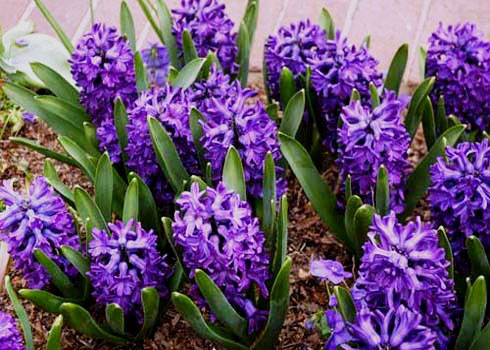
The scientific name is Hyacinth orientalis. Da Lan root has an alkaloid toxin that causes cramping, bloating, nausea, and diarrhea if ingested.
15. Hydrangeas

The scientific name is Hydrangea macrophylla. The leaves and tubers contain the cyanogenic glycoside Hydragin which causes diarrhea, vomiting and shortness of breath.
16. Ornamental cacti
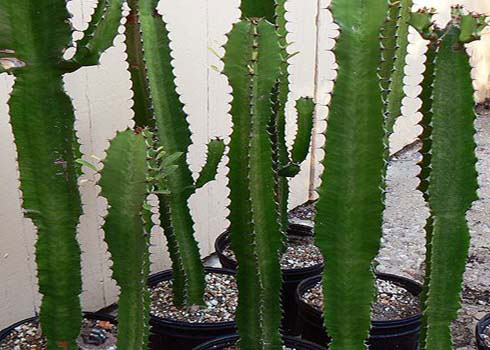
The scientific name is Euphorbia trigona. Sap May burn skin and eyes on contact, cause stiffness of tongue and mouth, and vomiting if swallowed.
17. Water fairy
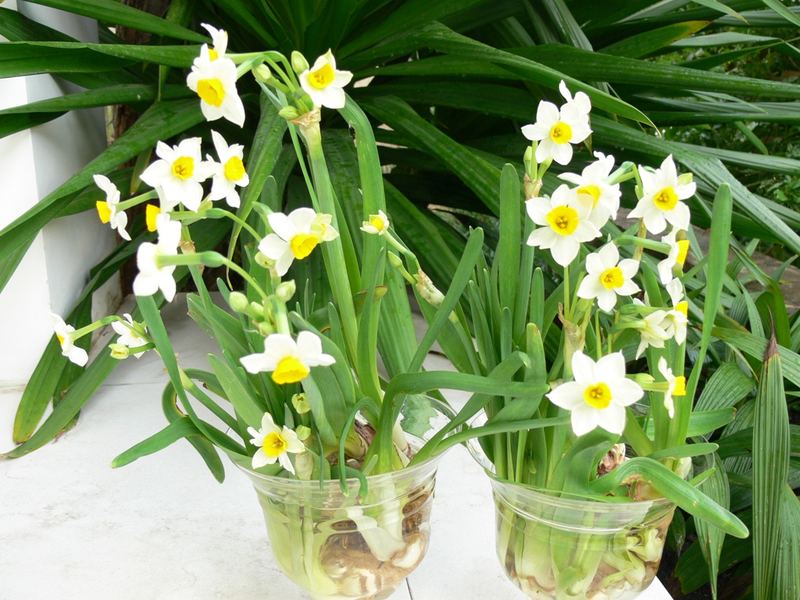
The scientific name is Narcissus spp. The tubers of the plant contain alkaloids which cause dizziness, nausea, diarrhea, body tremors, coma, which can lead to death when ingested.
18. Some types of betel (Trau Ms., Trau Ong, …)

The scientific name is Philodendron spp. The leaves and stems contain a calcium oxalate poison, which causes diarrhea, nausea, and burning of the oral mucosa when ingested.
19. Tulip

The scientific name is Tulipa spp. The tuber contains tulipene, which can cause dizziness and nausea if swallowed.
20. Water hyacinth

The scientific name is Eichhornia crassipes. All parts of the plant are poisonous, causing indigestion, vomiting in dogs, cats and some other pets when ingested.
21. Hue Lili

The scientific name is Hippeastrum puniceum. The tuber contains the poison Lycorine which causes diarrhea, nausea and vomiting when ingested. The sap can cause vomiting if ingested. Avoid direct contact with the skin as this can cause burning, itching …
22. Ngo Dong

The scientific name is Jatropha podagrica. The entire stem, especially the tubers and seeds, contains the toxin curcin, causing dizziness and nausea if swallowed.
23. Thousands of heavenly trees

This type of tree is also known as Minh Ti, they belong to the family, with beautiful shapes, so many people prefer to choose as ornamental plants, especially indoors. All parts of this plant are poisonous from roots to tips. You therefore avoid touching them while moving and be careful. When the sap is accidentally stained, soothe them with heat such as heat or wash off with lukewarm water.
The sap is itchy. If you eat, you have numb lips, a red tongue, and an itchy throat. Children who eat the leaves, flowers or fruits of a plant will be poisoned.
24. Century tree
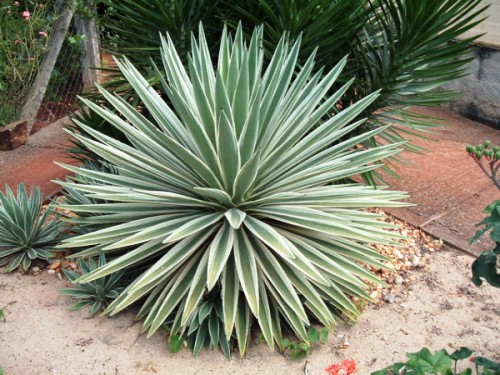
The tree of the century (also known as the agave) is a succulent, perennial shrub form with pointed leaves, with many serrated teeth. In natural environments, century plants can be 2-4 m tall, with green foliage almost like a lily. As the plant matures, it can produce bright yellow flowers that attract birds, flies and other insects to the nectar without being affected by the sap.
As recommended on the Homeguides website, the sap of this plant is quite toxic, which can cause severe skin irritation or digestive problems. Pets and even people exposed to this sap can be poisoned.
In the composition of the century, the plant contains crystals of calcium oxalate, it produces a compound called saponin. Saponins are also found in many plant families, some of which are very toxic, which can cause severe skin irritation if ingested. Additionally, if humans or animals accidentally absorb saponins into the body, they will be difficult to digest.
Common symptoms of exposure to the centuries-old sap are rash, burning and itching of the skin, lesions around the eyes, which last 24 to 48 hours. The sharp edges of the needles are very sharp, containing plastic that can puncture the skin and even cause disease if not treated properly. Additionally, if certain parts of the century plant are ingested, humans and animals can suffer from vomiting or diarrhea.
25. Van Tue

This plant should not be planted in a closed room as it can cause illness, poisoning or even death without you having to touch it. The bark and top of the water lily have a strong poison that can cause cancer or chronic neurological damage.
26. LAN Bell

The poison in the flowers and fruits of this flower can be fatal if swallowed.
27. Red pine
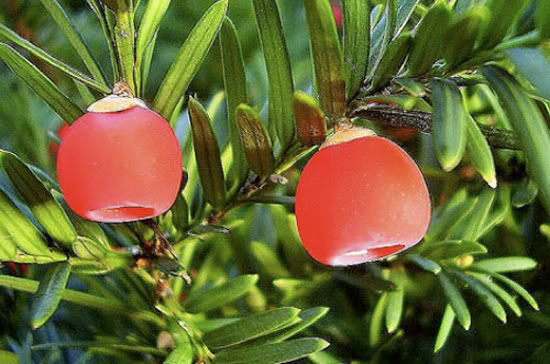
The red pine or Taxus baccata (“taxus” means poison) is a large shrub commonly found in the forests of Europe, with green leaves all year round. The sweet, ripe red fruit looks very eye-catching, but contains very poisonous dark brown seeds, so far there is no antidote.
Anyone who eats the seeds will die within minutes. Because this toxin causes spasms and paralysis, it has been used as an abortion medicine, but most cases often result in death.
28. Black cherries (nightshade)

Black cherry fruit can cause loss of voice, respiratory distress, seizures and can be fatal in young children if swallowed.
29. Money needle
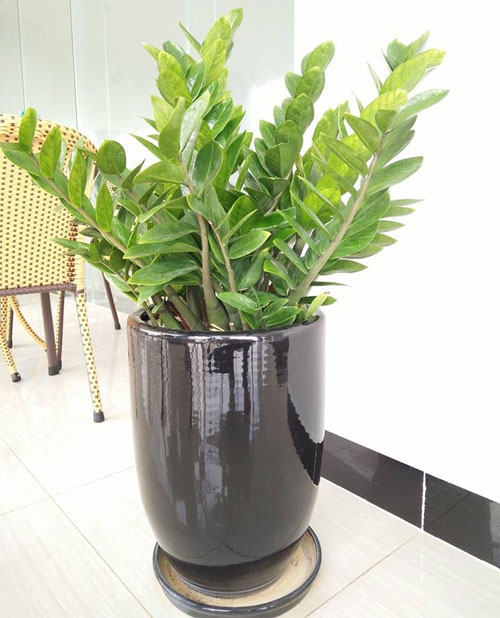
The Kim Tien tree is the number one tree of feng-shui families, planting for good luck and fortune. However, this should be considered as the stem and leaves contain calcium oxalate, which causes tongue and throat burns when eaten. More severe will cause swelling, asphyxiation and stomach bleeding. The sap that gets into the eyes is also bad for the eyesight.


